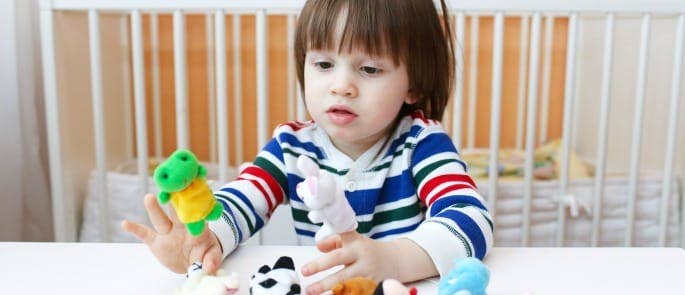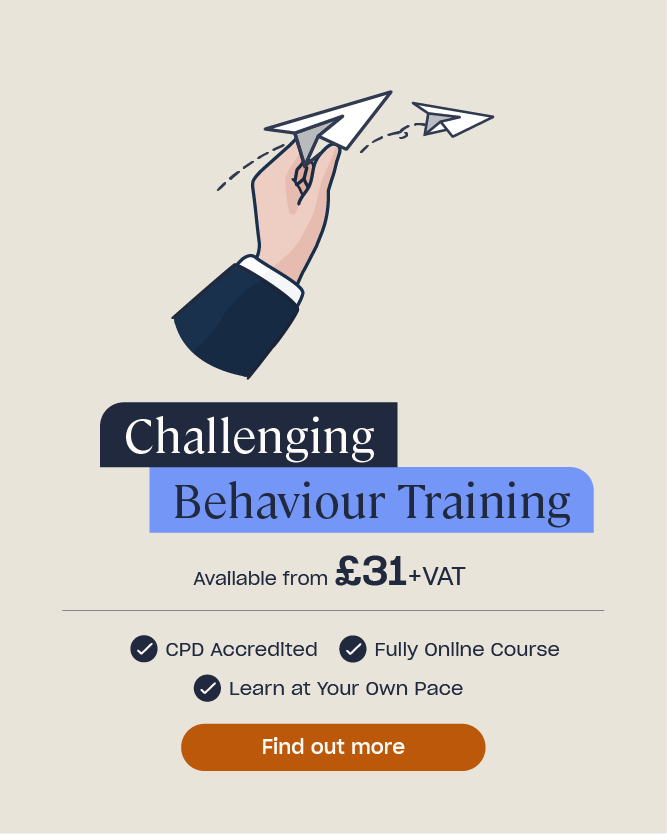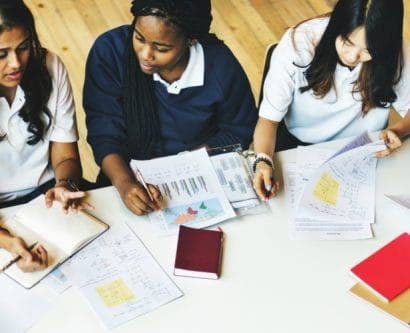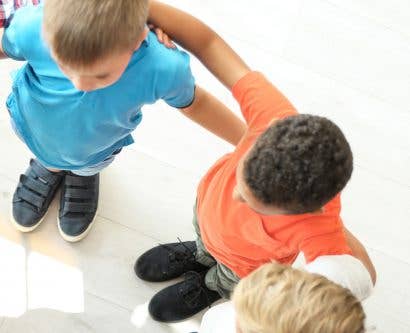Promoting Social Development in Children Through Structured Group Play
Structured play (or playing with a purpose) is an activity or game that allows toddlers and preschoolers to gain skills, such as sharing, turn taking, or counting to three. Structured play tends to be led by a parent, teacher, or childminder.
Examples of structured play include throwing and catching (to develop motor skills), playing Simon says (learning how to follow instructions), or playing a board game (improving turn-taking skills). Most kinds of structured play develop social skills because they involve interacting with another child or an adult. Some, like peek-a-boo, are particularly beneficial and are essential for healthy development.
If you’re interested in using structured group play for your child or those you look after, this guide will give you an insight into the benefits and different types of structured activities you can use.
Why is Play Important for Child Development?
Babies and toddlers need to take part in structured play for personal, social, and emotional development. Without this integral development, preschoolers may struggle to gain the essential skills needed for academic success, making and maintaining relationships, and healthy mental and physical development.
Structured play is also a brilliant way to introduce your child to activities that they wouldn’t be able to do during free play, such as getting used to a swimming pool and learning how to swim.

It’s important to choose to play a structured game or activity when your child is receptive, like after a nap or food. When you start, only carry out activities for a few minutes and gradually increase the time you spend playing.
Think about your child’s interests when you plan structured activities or games. You’ll begin to notice that your child has favourite toys and activities. Embrace the things they enjoy to improve the learning process.
Need a Course?
Our Challenging Behaviour Training teaches learners how to communicate with children effectively, how to help children deal with any issues, and how to improve children’s behaviour in a confident and constructive manner.
Social Development Activities for Babies
Peek-a-boo!
Playing peek-a-boo is a bit of an all-rounder. It’s one of the best games to develop your child’s sensory awareness and it teaches your child about eye contact. The game also improves coordination, motor skills, and it’s a superb way to get your child giggling.
Above all, peek-a-boo teaches your baby about object permanence. This is the idea that even though you can’t see something, it still exists. Babies start to develop object permanence around 5 months.
Play peek-a-boo when your baby is well rested because newborns are easily overwhelmed. So, if your child turns their head away or is shocked by your ‘boo’, take a break and try again later.
Reading
Reading aloud can help you bond with your newborn. And it’s never too early to start because there’s nothing your child loves more than to hear your voice. The more you read to your child the more they’ll start to pick up on rhythm, tone, and inflection, which will help them when they start learning how to read.
Some studies show that newborns whose parents read to them tend to have larger vocabularies and better mathematical skills as they grow. There’s also a direct link between the number of words a baby hears per day and their language skills.

Reading also introduces your child to emotions through the voices you use for characters and descriptions. Doing so helps your child to understand that words and sounds can convey ideas and have meanings.
Playing with blocks
Building blocks are made for sharing. So, when your baby begins to build with others, they can start to improve their cooperation skills. In fact, playing with building blocks is one of the first times your child can work in a team which makes building blocks a great tool for social skills and interaction. And even though you’re introducing your child to the activity, building games tend to provide your child with a certain amount of freedom and an opportunity to be creative.
Social Development Activities for Toddlers & Preschoolers
Dramatic play
Imaginative play encourages self-awareness and understanding of social situations. When your child acts out a scenario with others they have to collaborate to create a scenario that works. Children often get frustrated during imaginative play because they are unused to working with others. That’s why it’s so essential to help children learn about other people’s wishes and team working.
Collaboration is a tough skill to learn, but you can help. During dramatic play, intervene to lead the story in a direction that gets children cooperating and consider each others’ wishes.
Finger puppets
Finger puppets can prepare children for dramatic play and social situations with other children. It’s really great for children with autism or ADHD who may struggle with social situations. You can control the social challenges that your child faces to prevent them from feeling overwhelmed, and you’ll have opportunities to intervene to encourage your child to think about how others may respond or think about their behaviours.

Equally, if your child lacks confidence, they can use puppets to express themselves and try out new personalities by playing as a shark or lion.
Treasure hunt
This is a good game to play in a group, but you can also play it alone with your child. To play the game, the ‘seeker’ (the person who will find the treasure), waits outside of a room or garden while someone hides an object (the treasure).
The group then use the tone of their voice to guide the seeker towards the treasure, for example, the children might whisper ‘cold’ when the seeker is far away from the hidden object and might yell ‘hot hot hot’ when they are near. This game helps children to develop perseverance and cooperation. It’s also a good game for improving children’s listening skills.
Another way to mix the game up is to ask the children to mime instead of using their voices. So you might help the seeker find the treasure by shivering when the seeker is far from the object and acting hot when the seeker is near. Mime can help children improve their ability to read body language and social/facial cues.
Further Resources:
- A Guide to Promoting Positive Behaviour in Early Years
- Supporting Language Development in the Early Years
- Dealing with Challenging Behaviour in the Classroom
- Curiosity Approach in Early Years: Importance and Ideas
- Why is Child Development So Important in Early Years?
- How to Encourage Children to Express Feelings & Emotions
- Child Development Quiz
- Challenging Behaviour Training











